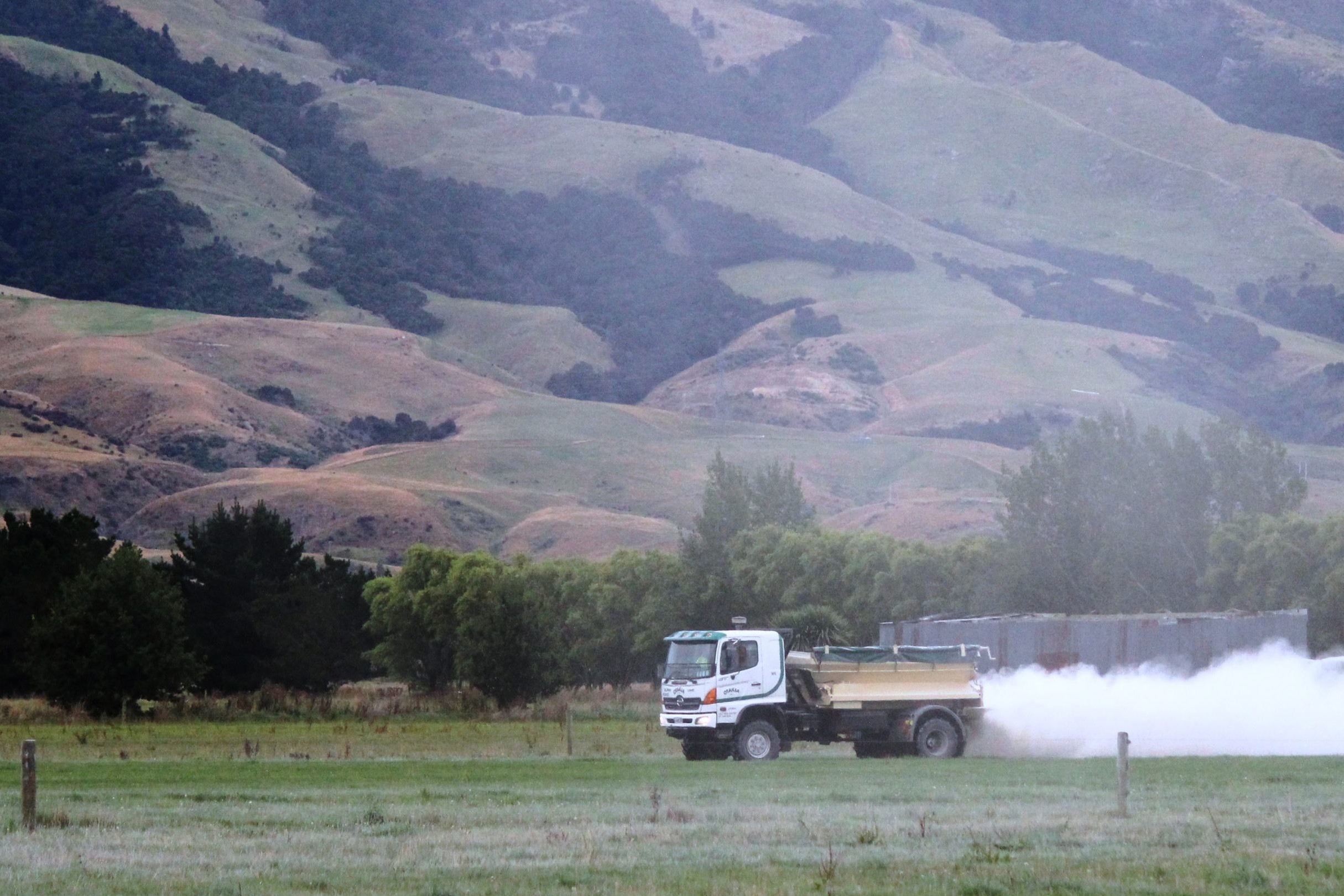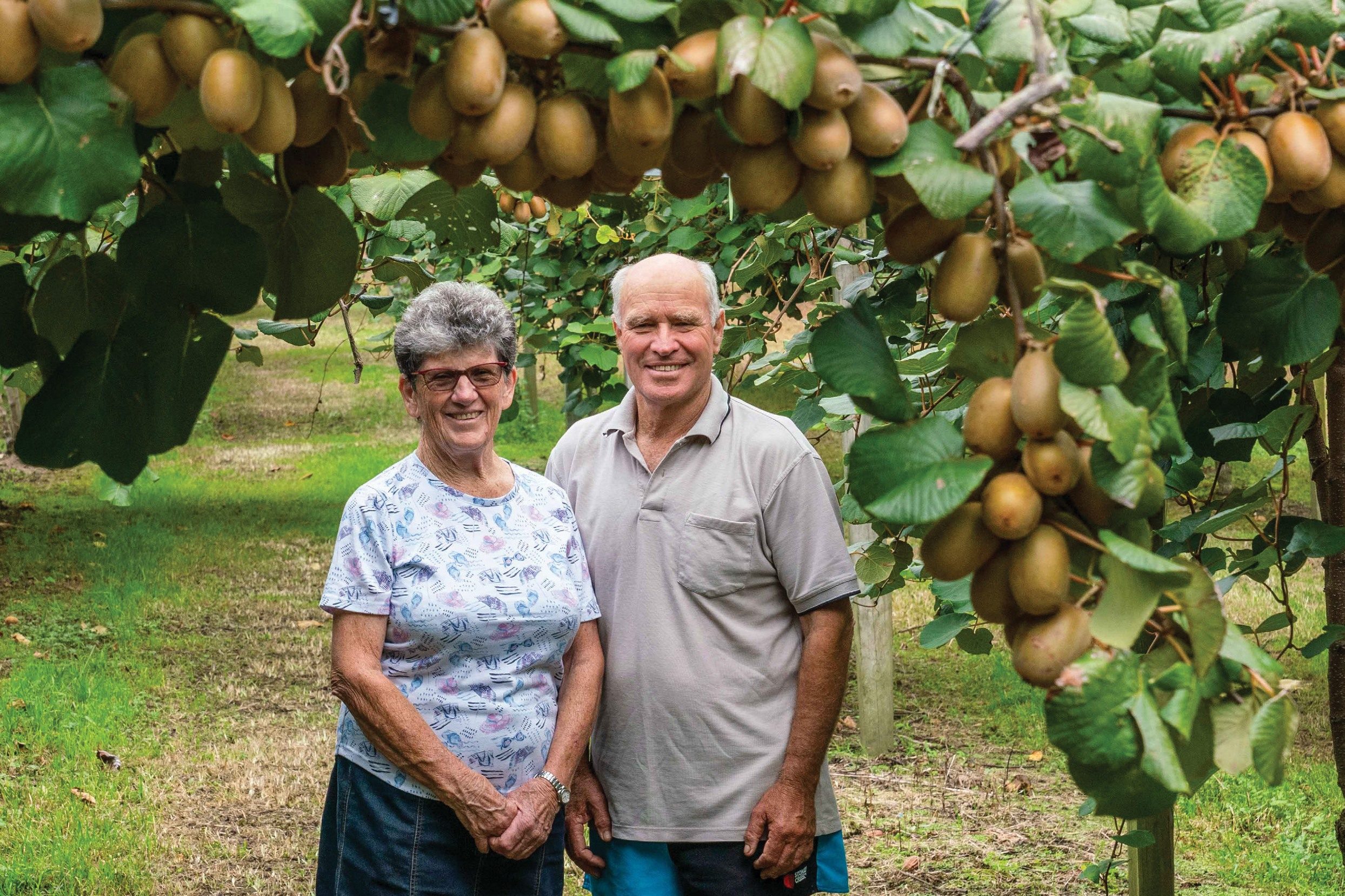Eureka moments
Adding a roof to the farm’s feed pad has made all the difference at Eureka farm in Waikato, Claire Ashton writes.

Phillip and Joelene Mayall took over the Eureka farm from Philip’s parents, progressed from sharemilking in 1999, to leasing, and then on to farm ownership.
In the past they have been the Waikato Dairy Business of the Year Award winners, and more recently were identified as one of the top performers in the region via DairyBase.
The Mayalls run 317 Kiwicross cows (with a predominance of Friesian bloodlines) in the Waikato on a nearly 100-hectare farm, with 95ha effective. They are spring calving and milk twice a day on a system 3-4 farm, that flexibility being due to their complementary use of supplement feed, with excellent pasture quality. With 3.3 cows to the hectare, and 500kg cows, both statistics punch above the average.

In 2021 they added a 66ha support block. Young stock have always been onfarm, as they lease an adjacent 10ha just for calf rearing, but now the rising two-year-olds and beef cattle are on the run-off block. They finish breeding with Herefords primarily, as the beef cross offspring carry certainty and strong visual markers which make their breeding identifiable. The block needed a bit of work to get it up to scratch and fertiliser costs may have risen just for the current year.
They operate a small rotary shed which works better with two people running it, as animal health checks can be regularly monitored.
Farm manager Karan has been with them for a year, with the Mayalls’ daughters Renee and Ashley helping out in the shed to help pay for university.
They have a battery latch gate system which also helps reduce labour, as the cows bring themselves to morning milk and into the shelter of the feed pad in the middle of the day to escape the summer heat.
 Eureka moment when roof went on
Eureka moment when roof went on
Installation of a feed pad in 2008 was a real game-changer, as the increased feed proved to extend lactation up to 30%, resulting in an extra 40 days in-milk. But the real ‘eureka’ moment for the Mayall’s was adding a roof to the feed pad four years ago.
This has made the most difference, especially with the weather challenges, Waikato having had summer droughts a few years running.
“Historically, going once a day in autumn was our strategy and we did breed for that. Then, once the roof went on, we could feed the herd around 10kg drymatter in the heat, and it made sense to milk them as they are right there in the shed,” Philip says.
“The most benefit from the addition of the roof has been gained in the hotter months. We thought there would be more benefit in the winter wet, having them standoff – but summer has proved more worthwhile.”
In-shed feeding
Feed is a mixture of palm kernel and Dried Distiller’s Grains (DDGS) an excellent source of digestible protein and energy for cattle.
It is highly palatable with minerals such as phosphorus and is high in protein, and while it may be on the pricey side, Philip says the herd are guaranteed to eat it.
It is the biggest onfarm cost, yet the Mayalls’ supplementary feed cost is still under the Waikato averages, according to the statistics in DairyBase.
“The focus is always grass first, with supplementary feeding when needed – we have the recipe right and we milk well, so there was enough production to offset those feed costs.”
They value the pasture of their home-grown feed, and the foundation is really pasture as a crop for harvest as they own all the equipment necessary for harvest. Supplements are used in a complementary way, the Mayalls are not just feeding supplements because that is ‘what you do’.
Spring grass harvest
Per hectare and per cow, the Mayalls are generating high numbers, trending upwards every year, so how are they doing it?
“It actually surprised me, to be fair,” jokes Philip.
“We generally start mowing our own silage for the cows late September or early October depending on the season and the paddocks (surplus grass was later this year) and we like to keep the quality pasture for subsequent grazing.
“You do have to be careful not to over-mow, but we have good tractors and equipment now. We get surplus off quick if there is a weather window, often the mower is already hooked on to the tractor, so we mow and bale two days later.”
They cut frequently but don’t always get a lot of bales per hectare, and Philip sometimes feels it is a lot of work for not many bales, but three weeks later the cows are back in the pasture, as it bounces back well. Having their own equipment means they can operate this way, as if a silage contractor was needed, the contractor may not be happy to come in for those off-the-cuff jobs.
Their pasture quality is better than average, and profit is in the judicious use of supplementary feed which complements pasture rather than conflicts with it.
“For what they are doing they are getting great results,” says Phil Irvine from Dairy NZ at the SMASH field day, held at the Mayalls’.
“Maybe we have hungry cows,” laughs Philip.
They tend to leave the pasture as it is, and trialling some new cultivars proved unsuccessful. Some pastures haven’t been regrassed at all for three decades. They haven’t under-sown for a long time as they tend to leave the pasture alone. Soil type is mixed: clay, Horotiu sandy loam and Kaipaki peat loam.
Pasture walks with staff are undertaken from September onwards, measured weekly until late December. Pasture eaten is at 15.7 tonnes/ha, nearly 16T, compared to the average of 12.2T Waikato-wide, and stands out in Feed Eaten statistics in DairyBase. They utilise the spring grass cutting as balage and store for later.
“The aim in spring is to not feed out maize. We use the in-shed feeder, a bit of balage if we need it and this year we are all grass for as long as we can.
“Once you open the maize feeder you are stuck with it so you pretty much have to carry on, this year we lost 3ha of maize with the wet so if we can keep the maize in the stack a bit longer that will help balance that out.”
Philip admits that this is not a typical season, usually he would be feeding maize by now, giving the herd 5 kilo of maize and up to 5 kilo of palm kernel blend, plus grass silage on the feed pad. 10-12k of supplement would be a more typical feed for this time of year.
Cows in milk get 2 kilo per day via the in-shed feeder. Not all farmers both feed the herd on the feed pad and in-shed, but Philip and Joelean believe that if you want the profit you do everything you can to keep production up, and that answer can often be good quality supplementary feed.
They do typically feed most of the year, as it can be a long farm walk of 2km to the back paddock, and feed encourages them to the shed. Autumn is when more robust feeding kicks in, and if dry in a usual season, January to May also, but this season is so different due to rain.
This season the cows are on the feed pad less and they were already 8% behind and with the weather and a power cut, they didn’t milk for a couple of days.
Cyclone Gabrielle put their power out for two days on the farm.
“I rang my electrician, and he knew where some generators were that weren’t being used because not everyone has power off, so we got the generator and hard-wired it into the shed.”
Some sheds are wired and ready to go, but some aren’t and if you need a generator an electrician needs to wire it in. Costs can range from $1500 up to $5000 or $40,000-$50,000 for larger generators. Stock water is also a priority when power goes off.
Springtime is also a time for drenching cows and adding minerals such as magnesium and while they do use a water dispenser, they rely on feeding to get minerals into the cows, and their cow health has been excellent.
Fertiliser
“Nitrogen has always been used in July and August through to early December and then it gets too dry.
“N use is typically not more than 150 units (with 123 being a Waikato average.) They maintenance dress using Ballance Pasturemag, and then do a round of N or it can sit in the fert bin without going off, and follow the cows.
“We need it from August till December, especially when you start mowing, to keep the grass coming back – if you don’t use N it goes pear-shaped pretty quick.”
Mating goals
For the last three years they have started mating on September 27, and this year was the first season to use sexed semen. Goals onfarm are to improve mating by shortening the window, and reduce empty rates.





